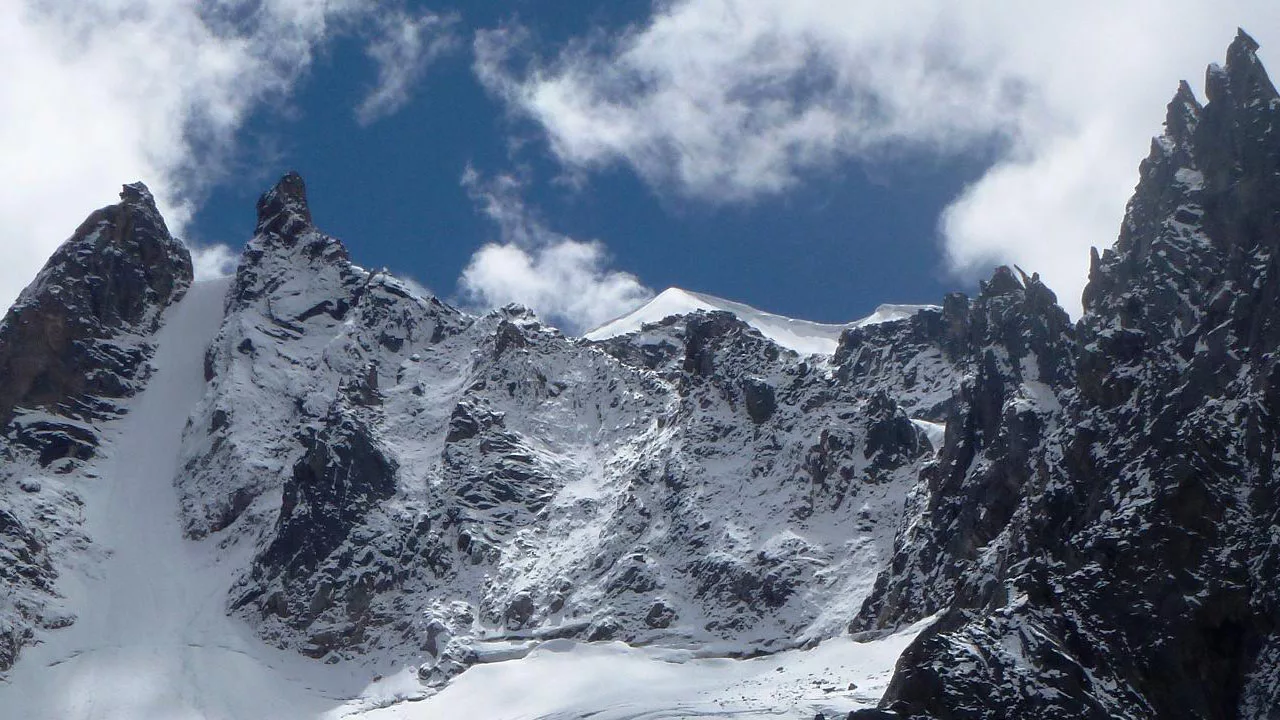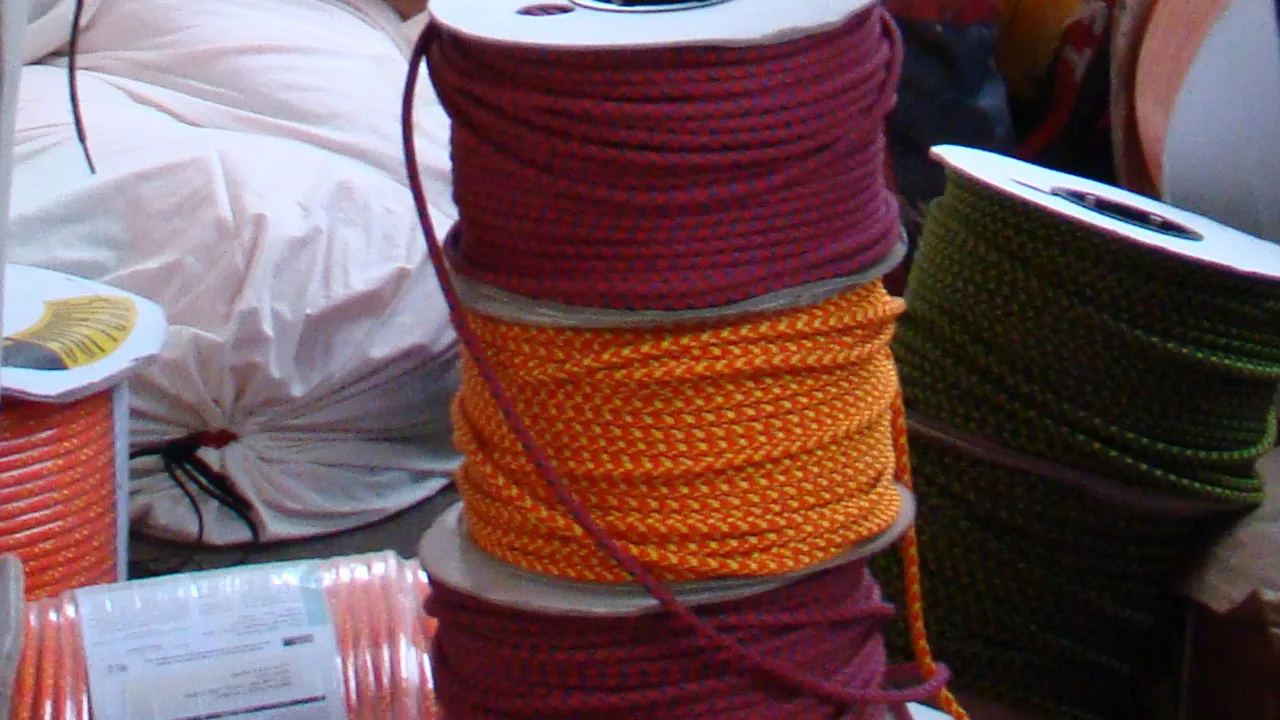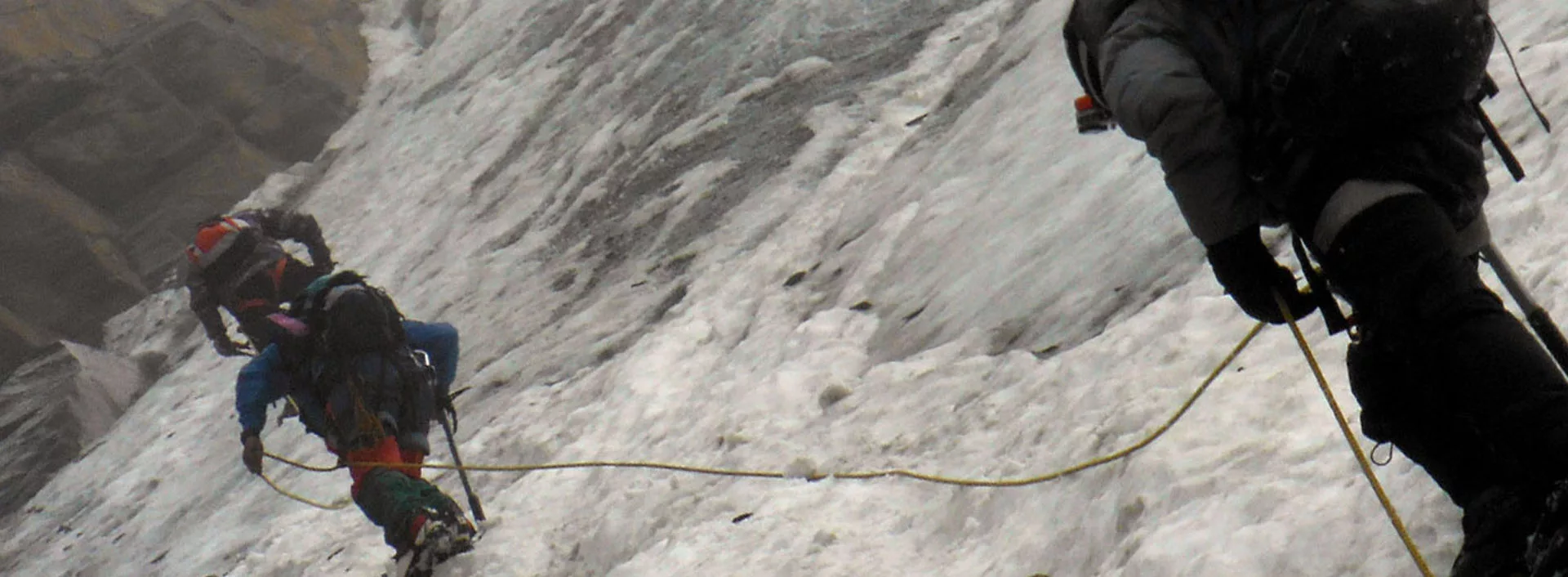Are you ready to be mountain ready?
Knowledge Base
Intro
Have you ever climbed a mountain? For some, it may seem like an impossible feat. For others, it’s a rite of passage. Either way, your life will never be the same once you summit your first mountain. However, climbing a mountain is not as easy as it looks. To climb a mountain safely, we must follow certain rules to make sure that we not only make it to the top but also make it back down. Knowing these rules and techniques will help keep you and your team safe on the mountainside.
Climbing mountains can be fun but also very dangerous. Safety is always the number one priority when attempting anything of this magnitude, so it is important that you are familiar with the risks and dangers before you go. Good equipment is also necessary, as it is your lifeline to survive if anything should happen.

Basic
Learning how to climb a mountain might seem simple. You just have to get to the top, right? Wrong. Climbing a mountain is a dangerous and difficult task that requires many mountain skills and a lot of know-how. This blog post will help you understand what climbing a mountain really entails. It’s more than just getting to the top of the peak.
First, you need to know about safety. Safety comes first. If you’re not safe, then neither are your clients or your team members. A good set of equipment is necessary as well (and you must know how and when to use it).
Climbing mountains does not have to be as dangerous as one might think. The key to climbing any mountain safely is being well prepared and using skills that are easily learned. Basic mountaineering skills include things like having good equipment and knowing how to use it properly, and preparing beforehand by scouting out routes beforehand so you know what’s coming up next. The following steps will help ensure your safety when taking on any peak.

If you want to be safe when hiking up or down steep slopes, looking for foot and hand holds on slabs of rocks that slope away from you, knowing how to use your equipment is key. The most important piece of equipment is an ice axe for cutting steps in hard snow or glacial ice so you can move safely on foot. Next in importance would be boots with good ankle support, crampons for gripping slippery surfaces like snow or ice (or even these rocks), harnesses and carabiners for safety while roped together and gloves with leather palms which help grip surfaces better than gloves with cloth palms would do. A helmet should always be worn; often there is loose rock rolling about on higher slopes which could roll onto your head unexpectedly.
Mountain climbing is not an easy task but following some basic mountaineering skills, it can become much easier. There are two ways that you can tackle the mountain all depending on how experienced you are. The three things mentioned below are the most in regard to staying safe are:
1) Take care of yourself
2) Have great gear
3) Know what you’re doing
Alpinism
A lot of preparation goes into climbing before one even begins their ascent. Planning every step is necessary so that they can have enough time to complete it safely. One thing that stands out when reading about alpine mountaineering is how many different types of equipment there are. Each piece has its own purpose and they need to be able to figure out what each piece does for them on their own.
Mountaineering requires different skills and gear from other types of climbing. You have to be able to assess and navigate terrain, read maps and other markers, use technical systems such as ropes and rappelling devices properly, and stay warm when temperatures drop far below freezing. Knowledge of knots for securing yourself while climbing will come in handy too!
Mountaineering, sometimes spelled as ‘mountaineering’, is usually understood as independent uphill travel with various degrees of planned self-support. It may be either non-technical (a difficult hike) or technical (a treacherous scramble). The term mountaineer refers not only to any person engaged in mountain climbing but also to skilled specialists who practice these techniques, such as professional guides and amateur enthusiasts. Alpinists sometimes rely upon others to carry gear up to camp; but beyond dependable regular porters, few people would rely upon other teammates because of both economic considerations and dependence risks.
Technical Climbing

Mountaineering is one of those things where you really need to learn and understand some basic concepts before you start diving into it. This section on Technical Climbing covers topics like How to climb a mountain safely, with equipment, knowledge of the science behind it all, and knowing what to expect from your environment.
Science has formulas that can be learned. The safety and technical knowledge of mountaineering is important. You should have good equipment and know how to use it, as well as be very aware of your surroundings.
Climbing mountains can be one of life’s most challenging activities to undertake. However, it isn’t something that should be taken lightly. There are specific skill sets required to make any ascent safe for yourself and others with you on the journey. Here are some basic climbing skills that every climber needs:
- How to use necessary equipment (ropes, anchors)
- Anchor technique
- Learning on rappelling
Mountaineering is not just about tackling peaks but includes other types of climbing such as ice climbing, rock climbing, or sport climbing. The first thing is to always try and practice safety when out in nature or when trying different kinds of climbs that require ropes because safety is first. You should know how to use your equipment properly which also includes knowing how to tie knots and making sure ropes have enough slack. Mountaineering is not just about finding your way up craggy cliff faces but requires mastering technical skills such as rope-work which comes from years of training in understanding high-angle rescue procedures.
The goal for technical climbing is not only to reach an objective but also to be efficient while doing so!
Technical mountaineering (sometimes called alpine style) is when you do not use permanently fixed ropes on the steep ground but instead work your way up with rope and gear that you carry yourself. There are different techniques, depending on if you are soloing or roped up with others. And because of all these choices, it’s difficult to nail down what exactly technical mountaineering consists of.